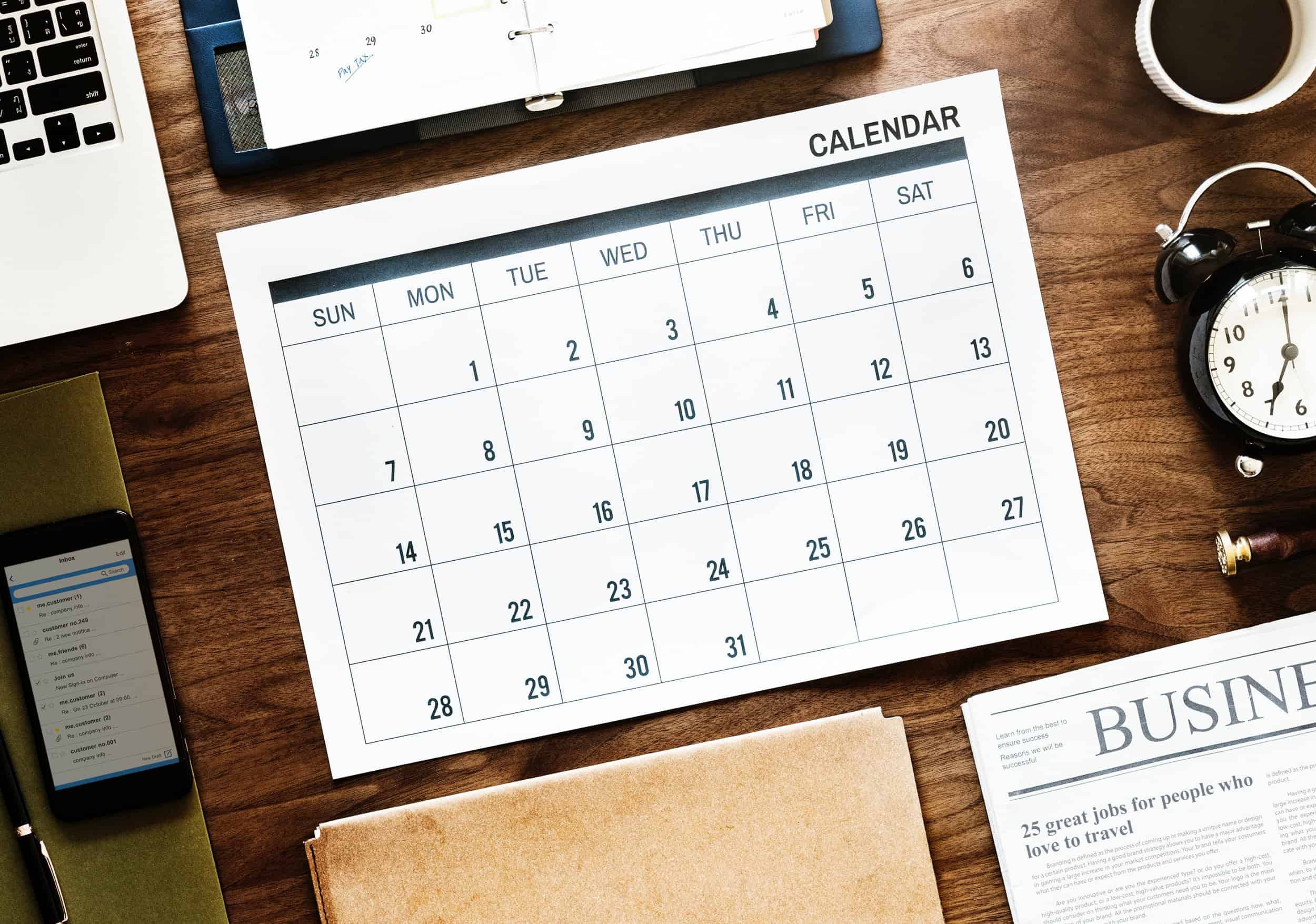The so-called “easy” 30-day diet always looks more simple and approachable than it actually is. In reality, you often end up spending time you don’t have on gimmick foods and supplements you can’t afford. And most every 30-day weight loss plan doesn’t include backup methods for staying on track while attending social events or eating out at restaurants.
The easiest 30-day diet doesn’t require lots of calorie counting and precision planning; instead, it emphasizes whole, nutritious foods that are available at most supermarkets. Easy, maintainable 30-day weight loss diet plans also provide additional advice for how to eat when you’re not at home. In other words, they’re not just a meal plan for the next month – they’re sustainable approaches to eating that you can follow indefinitely without dramatically restricting your calories or obsessively tracking your calorie intake.
That’s why you’re better off with Noom. We can help you reimagine your relationship with food and eating, so every bit of improvement you see is a long-term, sustainable achievement. But if you’re dead-set on trying a 30-day diet, we recommend making sure it meets some bare minimum standards – see below, and read on for details!
30-day weight loss plan includes:
- Focus on whole, unprocessed foods.
- Plenty of fiber and protein.
- No proprietary foods or gimmicks
- Small portion control and variety
- Satisfying snacks, treats, and extras.
The Details:
Focus on whole, unprocessed foods
Any weight loss meal plan worth your time will include fruits, vegetables, whole grains, proteins, and healthy fats. You don’t want a meal plan that has a lot of refined sugar, processed foods, refined grains, saturated fats, or trans fats. A number of chronic health conditions can result from too much of any of these.
Plenty of fiber and protein
Weight loss meal plans with foods that are rich in protein and fiber help you lose weight because they promote slower digestion and keep you feeling fuller, longer. Fiber also aids in healthier bowel movements and healthy cholesterol and blood sugar levels. Your body also needs protein to make enzymes, and hormones in addition to being an important component for building muscle.

No proprietary foods or gimmicks
Avoid weight loss plans that require you to purchase special items that aren’t widely available in regular grocery stores—like branded processed meals, high-sugar foods, and gimmick diet foods. Look for a 30 day weight loss plan that contains menus of real, whole, satisfying meals. You’ll be more likely to stick to meal plans that don’t leave you feeling deprived or craving other foods. Meal plans that promote an elimination diet, extreme low-carb diet plans, or those that require things like juice fasting are nearly impossible to stick to and not ideal for accomplishing long term, sustainable weight loss.
Smart portion control and variety
During meals divide a 9-inch plate into four sections. Make sure you have a lean protein, like tofu, tempeh, two eggs, water-packed tuna, or grilled chicken breast. Your second section should be filled with a ½ to 1 cup of whole grains, like brown rice, farro, quinoa, or whole-wheat pasta. Fill the remaining half of the plate with vegetables like leafy greens or veggies such as broccoli, green beans, fennel, or asparagus.
Squash and eggplant – which are technically fruits but commonly considered veggies – are also everyday options. Some starchier options are butternut squash, sweet potato, or peas, which can be used as part of your veggie portion a few times per week.

Satisfying snacks, treats, and extras
At each meal time, have a piece of fruit or some veggies with a small serving of dairy or peanut butter. Examples include a cup of low-fat milk, non dairy milk, or low-fat yogurt paired with a pear, apple, or a cup of strawberries. Fruit and dairy can also be eaten for snacks and can include string cheese or a glass of skim milk with a handful of raspberries or blueberries.
At about two meals per day, add in healthy fats, like a teaspoon of olive oil, a bit of avocado, or a small handful of nuts.
Real results with a personalized weight loss program
Take the quiz!

From time to time, your weight loss meal plan could leave you feeling less than full. If you’re ever still hungry, have an extra serving of vegetables instead of eating more high-calorie items or loading up on dressings and sauces. Go with homemade dressings made of nutritious oils and ingredients like lemon juice or balsamic vinegar, and herbs and spices from your pantry.
Cooking up some meal concepts
Breakfasts basics
Proteins like eggs or tofu make breakfast prep easy and efficient because they’re familiar and versatile. Scrambled eggs or tofu work well with whole-wheat toast, sautéed veggies, and a small glass of milk. You can also swap out the bread for a corn tortilla and add cheese to your breakfast if you don’t want to drink milk. If you’re not into eating veggies at breakfast, have a fruit cup with Greek yogurt or oatmeal instead.
Lovely Lunches
Salads are a perfect meal for lunches with grilled tofu or chicken. Sprinkle with quinoa or other whole grain and drizzle with a homemade dressing made of citrus juice, olive oil, and herbs. Alternatively, a broiled, low-fat fish filet or tempeh goes great with a whole grain and side of fresh green beans or other steamed vegetables.

Dinner Delights
When it comes to 30 day meal plan for weight loss, the range of roasted, broiled, grilled, or baked lean meat or plant-based proteins for dinner planning is basically endless once the pairings of protein to veggies and whole grains becomes intuitive. Anything from chicken breast, steak, tempeh, and more can be served with a whole grain and veggie. Consider introducing foods like wild rice, sweet potatoes, whole wheat soba noodles, or kale salads for any of the nutrient categories to change things up often and prevent boredom.
More tips for 30-day meal plan success
Advanced food prep makes all the difference
Make things easy on yourself with a bit of mindfulness and advanced food prep so you won’t veer off the plan the minute your schedule fluctuates. This will help you steer clear of tempting convenience food and last-minute takeout purchases.
Some ways to be proactive with food prep include advance roasting of several servings of your weekly proteins, preparing and storing enough quinoa or rice for several meals ahead of time, and pre-chopping fresh veggies that will hold up to a few days of refrigeration before using.
Make sure your trips to the market are productive by picking up bags of fruit like apples, clementines, carrots, and any favorite produce you think you might prefer in your upcoming week of daily meals.

Eating out and being social on your weight loss meal plan
It’s inevitable that you’ll end up at a social affair, work gathering, or restaurant dinner during your 30 day meal plan for weight loss. And though you’ll be tempted to give up, sticking to your plan can be easier than it seems.
Order meals that are most similar to what you’d cook from home and ask to replace heavy processed sides with side salads and basic dressings. Ask for sauces and other default dressings to be served on the side so you can control your intake of higher calorie items that are automatically included with dishes. And when confronted with passed hors d’oeuvres or appetizer spreads, stick to the veggie and protein options without overdoing it on crackers and high-fat cheeses and meats.
As long as you follow these guidelines and avoid finishing portions larger than what your meal plan typically allows, succeeding as a 30 day weight loss meal planner should be no problem.

How to make your results last
Like we said above, the best weight loss plans will teach you how to eat for better wellness, better accountability, and provide proper nutrients for your lifestyle. And that takes more than a gimmicky diet plan. After all, the goal is to change your whole relationship with food. And that’s something no diet plan can accomplish – whether it’s the 30 day weight loss plan, the keto diet, the Paleo diet, the Mediterranean diet, the Mayo clinic diet, or intermittent fasting. To build a healthier relationship with eating, you need long-lasting, holistic support.
That’s where Noom comes in. With our certified coaches behind you, the supportive noom community around you, and a wealth of recipes at your fingertips, every step will be a real, sustainable achievement. Learn more about how we make lifelong weight loss possible.





